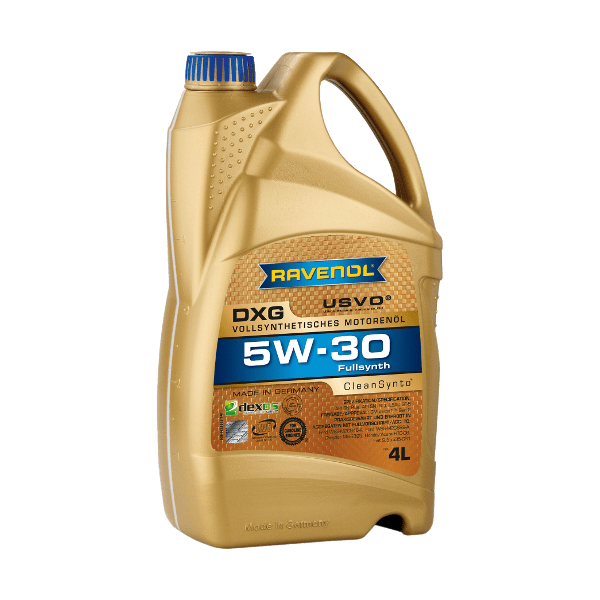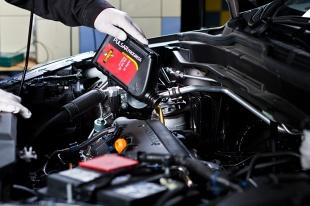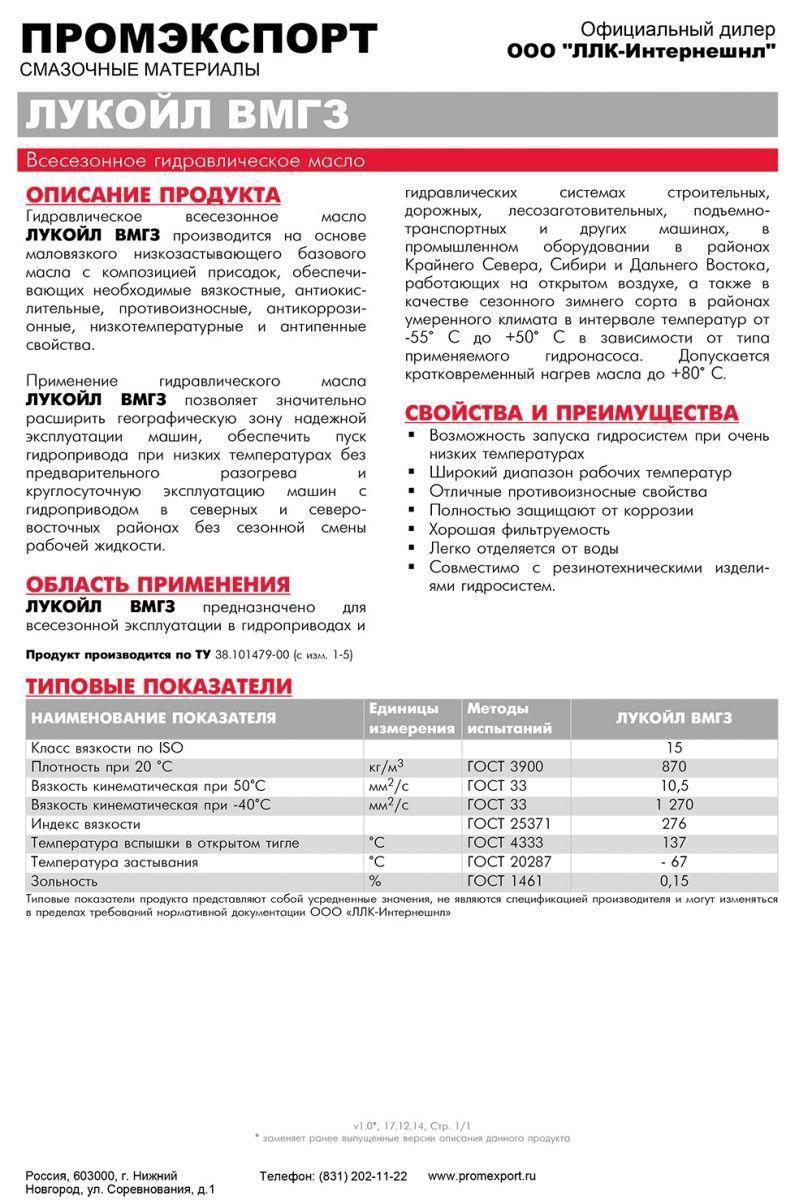
Engine oil - do not lubricate, do not drive
 The internal combustion engine is the heart of the car. Despite constant improvement, the oil-free unit has not yet been invented. It connects almost all interacting mechanical parts and has consistently been the most important "body fluid" of a car. That is why it is so important to choose it correctly and follow a few basic rules of operation.
The internal combustion engine is the heart of the car. Despite constant improvement, the oil-free unit has not yet been invented. It connects almost all interacting mechanical parts and has consistently been the most important "body fluid" of a car. That is why it is so important to choose it correctly and follow a few basic rules of operation.
Oil - liquid for special tasks
Engine oil, in addition to the well-known lubricating function of rubbing against each other mechanical components have a number of other equally important tasks. It removes excess heat from thermally loaded elements, seals the combustion chamber between the piston and cylinder, and protects metal parts from corrosion. It also keeps the engine clean by carrying combustion products and other contaminants to the oil filter.
mechanical components have a number of other equally important tasks. It removes excess heat from thermally loaded elements, seals the combustion chamber between the piston and cylinder, and protects metal parts from corrosion. It also keeps the engine clean by carrying combustion products and other contaminants to the oil filter.
Mineral or synthetic?
At present, with the tightening of viscosity standards, oils developed on the basis of mineral bases are not able to provide a sufficient viscosity index. This means that they are not fluid enough at very low temperatures, making it difficult to start the engine and accelerate wear. At the same time, they are not able to provide sufficient viscosity at an operating temperature of 100 - 150 degrees C. “In the case of engines subjected to high thermal loads, mineral oil does not withstand high temperatures, which causes its degradation and a sharp drop in quality,” says Robert Pujala from Group Motoricus SA. “Engines built in the seventies or eighties of the last century do not require such advanced lubricants and are completely satisfied with mineral oil,” adds Puhala.
Among popular opinions, one can hear various theories that it is impossible to fill the engine with mineral oil if it has previously worked on synthetic and vice versa. In theory, there is no such rule, especially if the manufacturer provides for the possibility of using both types of products. In practice, however, drivers should be warned against using high-quality synthetic oil in an engine that has previously been operated on cheap mineral oil for several tens of thousands of kilometers. This could create a large amount of soot and sludge that permanently "settled" in the engine. The sudden use of a high quality product (including high quality mineral oil) often flushes out these deposits, which can lead to engine leaks or clogged oil lines, resulting in engine seizure. Keep this in mind especially when buying a used car! If we are not sure if the previous owner used the correct oil and changed it in time, be careful in choosing a lubricant so as not to overdo it.
Oil classifications - complex labels
For most drivers, the markings on car oil bottles do not mean anything specific and are incomprehensible. So how to read them correctly and understand the purpose of oils?
Viscosity classification
It determines the suitability of a given product for specific climatic conditions. In the symbol, for example: 5W40, the number "5" before the letter W (winter) indicates the viscosity that the oil will have at a given ambient temperature. The lower its value, the faster the oil will spread through the engine after morning driving, which minimizes wear on the elements as a result of friction without the use of lubrication. The number "40" characterizes the suitability of this oil in the operating conditions prevailing in the engine, and is determined on the basis of laboratory tests of kinematic viscosity at 100 ° C and dynamic viscosity at 150 ° C. The lower this number, the easier the engine runs, which reduces fuel consumption. However, a higher value indicates that the engine can be loaded more without the risk of stalling. Compliance with the most stringent environmental requirements and the maximum reduction in driving resistance requires the use of oils with a viscosity, for example, 0W20 (for example, in the latest Japanese developments).
Qualitative classification
Currently, the most popular in Europe is the ACEA quality classification, which replaces the API intended for products for the American market. ACEA describes oils by dividing them into 4 groups:
A - for gasoline engines of cars and vans,
B - for diesel engines of cars and minibuses (except those equipped with a particulate filter)
C - for the latest gasoline and diesel engines with three-way catalytic converters.
and particulate filters
E - for heavy diesel engines of trucks.
The use of oil with specific parameters is often determined by standards set by automotive concerns that describe the specific requirements of a given engine model. The use of oils with a different viscosity than specified by the manufacturer may result in increased fuel consumption, improper operation of hydraulically controlled units, such as belt tensioners, and may also cause malfunctions of the partial load deactivation system for individual cylinders (HEMI engines). ).
Product Substitutes
Car manufacturers do not impose a specific brand of oil on us, but only recommend it. This does not mean that other products will be inferior or inappropriate. Each product that meets the standards, which can be read about in the car's operating manual or in special catalogs of oil manufacturers, is appropriate, regardless of its brand.
How often do you need to change the oil?
Oil is a consumable element and with mileage is subject to wear and loses its original properties. That is why its regular replacement is so important. How often should we do this?
The frequency of replacement of this most important "biological fluid" is strictly defined by each automaker. Modern standards are very "rigid", which is used to reduce the frequency of visits to the service, and hence the downtime of the car. “The engines of some cars require replacement, for example every 48. kilometers. However, these are very optimistic recommendations based on favorable driving conditions, such as motorways with few starts per day. Difficult driving conditions, high levels of dust or short distances in the city require a reduction in the frequency of checks by up to 50%,” says Robert Puchala.
from the Motoricus SA group
Most automakers have already begun using engine oil change indicators, where the replacement time is calculated based on several typical factors responsible for its quality wear. This allows you to optimally use the properties of the oil. Remember to change the filter every time you change the oil.

